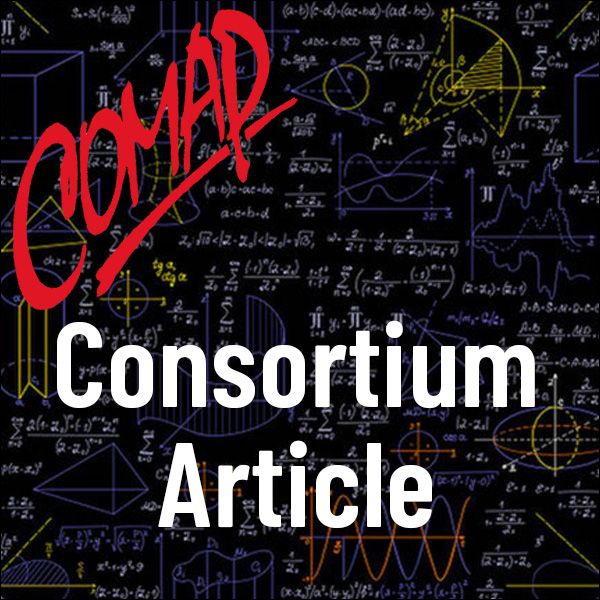Mathematical Aspects of Gerrymandering
Author: Paul Kehle
As I write, the Supreme Court is hearing cases about gerrymandering, and at the center of the arguments are issues of fairness that can be approached mathematically. Often when trying to decide what is best or optimal or fair, the question "well, that might be fair, but compared to what?" arises. When congressional districts are drawn, there are many possibilities! The existence of many options for how districts are drawn is in part why "obvious" instances of gerrymandering are possible. In exploring the topic with students, the range of explorations, mathematical topics, computational challenges, and level of complexity all also admit many options. In fact, some of the interesting questions and issues that arise, capture student attention in ways that, while thoroughly mathematical, have little to do with gerrymandering. The topic is a rich and generative one completely apart from the initial thorny issue of deciding when a district map has gone beyond what is considered fair. In the explorations below and in working with students there are no boundaries to the questions worth exploring; and you and your students will likely come up with many not considered here, some even lead to questions at the frontier of mathematics and computing research.

Mathematics Topics:
Application Areas:
You must have a Full Membership to download this resource.
If you're already a member, login here.